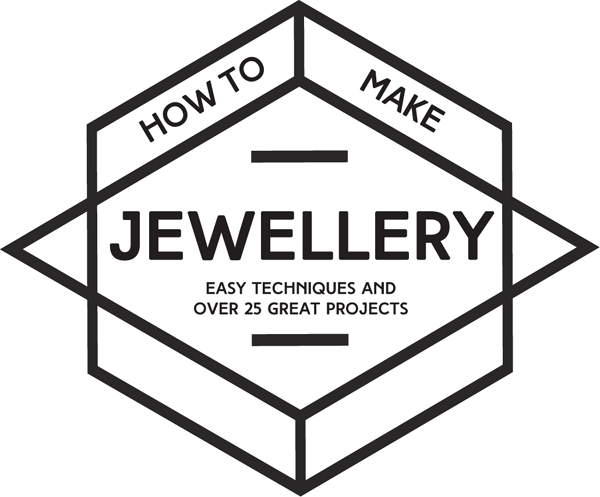


contents
introduction
Exploring my mothers jewellery drawer is one of my favourite childhood memories. I discovered earrings made from mini plastic rum bottles, an exquisite carved ivory necklace and souvenir bracelets carried back from across the globe. This was the beginning of a lifelong fascination with all jewellery, from the lowliest plastic charm purchased for a dime, to enormous rocks on display in the worlds most important collections.
The art and craft of jewellery making is vast, far greater than any one volume could explain. For the purpose of this book, Ive focused on what can be done at home, to wear tomorrow. Ive chosen techniques that are easy to learn and adaptable to your own design ideas and favourite materials. These techniques are basic, and widely used in contemporary jewellery design. You dont need loads of special equipment, only some select tools to begin with, and a few others for the advanced techniques at the end of the book. After that, if you have found techniques that have ignited your passion, there are many more books to read, and classes to take, on all sorts of methods.
Each chapter introduces the basic techniques that you require, followed by a selection of projects to put everything into practice. The first chapter is devoted to stringing. Stringing is elemental to jewellery making and youll find that the tools used here will be useful in all sorts of other jewellery-making applications. In the Wire Wrapping chapter, a favourite of mine, youll learn how to form wire with all sorts of specialised pliers that will be the envy of your household. Next, Ill show you the delights of Polymer Clay, and touch on the sculptural versatility this material offers. In the Textiles chapter, well work on some nifty projects from fabrics, such as wool felt and lightweight printed cotton. In the Advanced Techniques chapter, well go a little further with wire wrapping and stringing techniques, along with an introduction to making your own simple jewellery findings with a kitchen torch and a jewellers hammer.
I hope to provide you with a foundation of simple techniques and ideas for a jewellery wardrobe bursting with your own creations. Some of the techniques are simple, and some will require a bit of practice. Dont be discouraged if you dont immediately make things perfectly; I still have to practise and make mistakes to learn, too. Even if you focus on just one or two methods, youll be able to make many pieces of jewellery to wear, and even give as gifts. Have fun creating, and I hope you enjoy the book.

tools & materials
Before you make a start on any of the projects, you will need to gather together the essential tools and materials. While there are several pieces of equipment that provide a basic foundation for any jewellery making, each technique calls for more specialist tools. I have listed those that I find essential and given you a brief guide to what is available in the craft stores to make your life easier.

basic equipment
These pieces of equipment should be kept in your basic crafting box, close to hand, ready to be called upon whatever project you are creating.
Beading awl Used to form and tighten knots in the beading thread, this is one of my favourite tools. I have an all-metal one, but they are also available with a wooden handle. It has many other uses, such as piercing holes in polymer clay and is handy for making holes in cardstock, in case you end up selling some earrings and need a quick packaging item.
Craft knife and cutting mat A sharp knife is often called upon and the cutting mat will protect your work surface and provide a level surface to work on.
Crimp beads Used at the end of the strands of beading wire to secure the loop that holds the clasp or jump ring at the end of the wire securing your beads. These are barrel-shaped beads that come in base metal, although I recommend using sterling silver or gold-filled barrel-shaped crimps for best results.
Crimping pliers Used to compress the crimp bead against the wire. A set of crimping pliers has two notches on the jaw, a mouth-shaped notch to make the initial crimp and an O-shaped notch that rounds out the bead to make a nicely shaped, secure ending.
Jewellery pliers A basic set of jewellery pliers includes chain-nose pliers, round-nose pliers and flat-nose pliers. Invest in the best quality pliers you can afford as less expensive pliers tend to lose alignment much more quickly than higher quality pliers.
Jewellery wire cutters Used to snip the ends of the beaded strand when you are finished.
Scissors An essential item! I like to use embroidery scissors to cut thread, as well as sharp wire cutters. Specialised thread-cutting scissors are available. Keep a pair for cutting paper and a separate pair for cutting fabric and thread.
Tape measure and ruler Accurate measuring is essential when cutting lengths of wire or thread.
Tweezers or needle-nose pliers A useful piece of equipment. Can be used for undoing knots or in place of an awl when making knots.
Safety First
Always wear eye protection when cutting wire or using a torch for soldering.
Wear an apron when using a torch, or working with chemicals or polymer clay.
Follow the manufacturers safety instructions when using a torch.
Wash your hands thoroughly after handling polymer clay or chemicals.
Keep your eyes on your work when hammering or using sharp tools such as felting needles watch your fingers!

Tools for Stringing
Awl See . An awl is useful if your end loop slips and becomes too small before you crimp your crimp bead. Use the tip of the awl to re-open the loop.
Bead board Made out of inexpensive flocked plastic, this is useful when laying out beads for a design. Bead boards come with grooves to arrange single and multiple strands. They also have wells to store beads and findings.
Bead mat A mat is useful when beading to prevent the beads from rolling around your work surface. I also use them when doing a knotting project. Alternatively, a hand towel works well.
Beading thread For classic bead stringing. Available in a wide variety of sizes and colours on cards, with a pre-attached wire needle, and spools in silk and nylon. I tend to use the spools as they are more economical, and if I make a mistake, I dont feel like it is such a waste! Silk and nylon beading thread are lovely beading materials, especially for necklaces and bracelets. They are both found in similar colour ranges, and similar diameters, ranging from very fine, such as Size 00 (0.13mm), to thick, such as Size FFF (0.42mm). I use Gudebrod silk for pearls and stones in Size D or E. Silk thread is primarily used in knotting pearls and gemstone beads (see ). It has a beautiful texture, and gives a wonderful drape. Nylon can be used for many applications, and is preferable to silk when the beads are heavy, or have bigger holes, since you can find a better colour range in the larger diameters when the wire may be visible. I use C-Lon Micro in a diameter of 0.12mm.
Next page
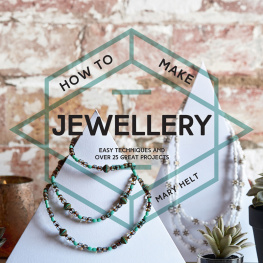

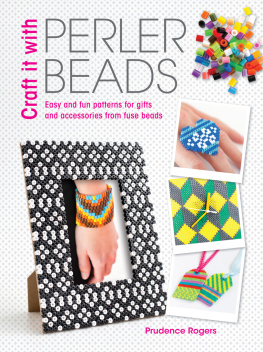

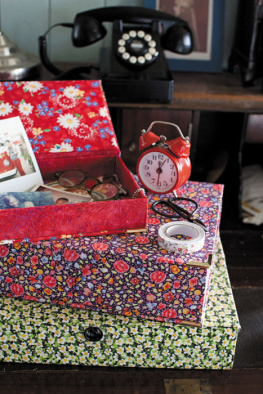
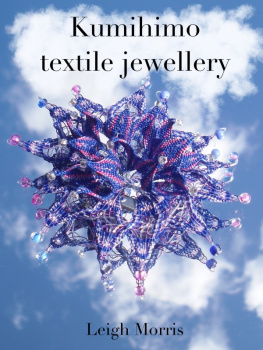

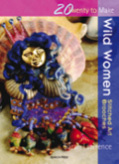
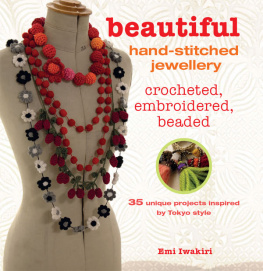
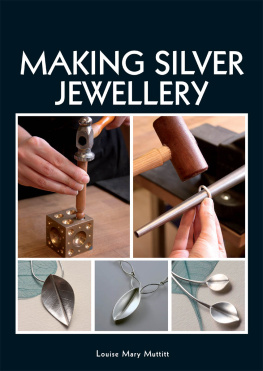
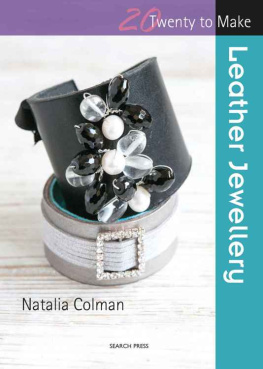





 Tools for Stringing
Tools for Stringing